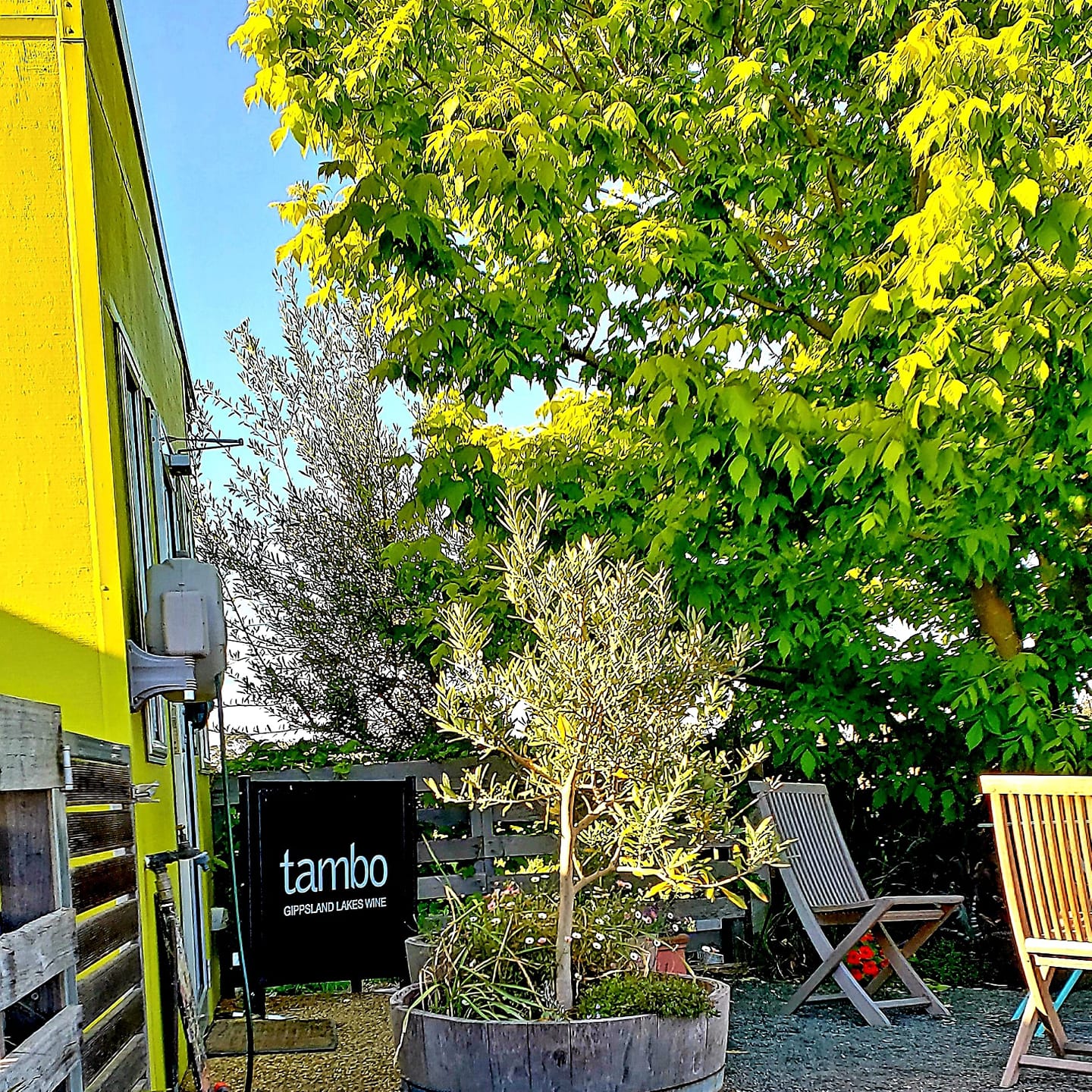go to a cool area and find a warm site
Our Story
create new classic wine
THE START
An interest in wine developed from a misspent youth living and working in parts of Europe where wine was an everyday beverage.
Classic and everyday wines were enjoyed in different parts of Europe and vineyards, regions and wineries were visited.
From a background in farming in south east Queensland it was a revelation that wines of perceived quality, classic wines, could be produced that far from the equator with such a variable climate.
Over this time a belief developed that classic wines of a world standard could be produced in Australia.

Back in Australia a career in Town Planning was begun and developed and the interest in wine continued.
During this period modern Australian wine producers were showing the world that ripe varietal fruit flavours were more attractive to consumers than winemaking.
The interest and the belief in wine developed from reading about, drinking, researching, talking to producers, marketers and visiting vineyards to developing a business plan and having it reviewed.
This was getting serious and very sobering.
Sobering in that if the interest was not pursued you would die wondering and if the interest was pursued the capital invested would be largely immobile.
Early Research
Early research showed a strong correlation between classic wine producing areas and relatively consistent intermediate temperature.
In addition to relatively consistent intermediate temperature sunlight hours in autumn became a focus for site selection.
THE SEARCH
The search began for a site with the capacity to produce, not an imitation old world classic wine, but a new classic wine.
REFINING THE SEARCH
Driven by data in relation to relatively consistent intermediate temperature and sunlight hours in autumn the part of south east Australia that stood out was the Gippsland Lakes area of East Gippsland.
The mountains to the north, ocean water and Tasmania to the south combined to produce a rainshadow. This had the effect of increasing sunlight hours and the proximity to the water mass of the ocean and the Gippsland Lakes increased the humidity in the air and reduced temperature variability.
Parts of this area had the characteristics of a cool temperate maritime rainshadow.
Driven by the mantra go to a cool area and find a warm site the search was further refined to include a north east facing slope with low soil fertility.
THE SITE
A turn out paddock of a former dairy farm between the Gippsland Lakes and the mountains in south east Australia ticked all the boxes with afternoon sea breezes further moderating the daily temperature.
We had found our site and future home.